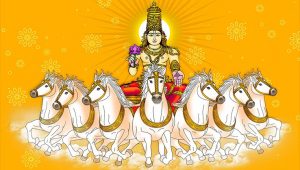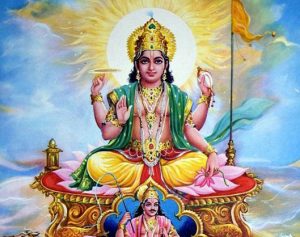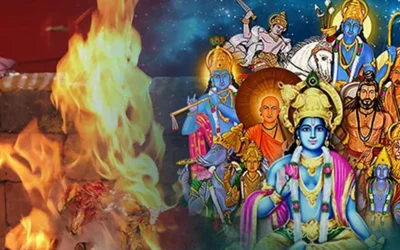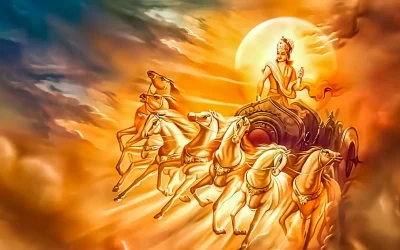A Journey into Light: Surya Graha Japam and its Historical Roots
Introduction:
The practice of Surya Graha Japam, or chanting the mantra dedicated to the Sun God, Surya, holds deep historical and spiritual significance in various cultures around the world. This ritual, rooted in ancient Vedic traditions, has evolved over millennia, encompassing diverse beliefs, practices, and interpretations. In this exploration, we delve into the origins, symbolism, and significance of Surya Graha Japam, tracing its journey through time and space.

Origins and Historical Roots:
Surya, the solar deity in Hinduism, has been revered since antiquity as the source of light, warmth, and life. The Rigveda, one of the oldest religious texts, contains hymns dedicated to Surya, reflecting the ancient Vedic understanding of the Sun’s importance. The practice of Surya Graha Japam likely emerged from these early Vedic rituals, where chanting mantras was believed to invoke the divine presence and blessings of Surya.
Symbolism and Spiritual Significance:
Surya Graha Japam is imbued with rich symbolism and spiritual significance. As a symbol of illumination and enlightenment, the Sun represents the eternal self (atman) in Hindu philosophy. Chanting the Surya mantra is believed to purify the mind, awaken inner consciousness, and promote spiritual growth. Additionally, Surya is associated with health, vitality, and prosperity, making the Japam a potent tool for physical and mental well-being.

Variations and Practices:
Across different Hindu traditions and sects, variations of the Surya mantra exist, each with unique phonetic sounds and interpretations. The Gayatri mantra, dedicated to the Sun as the ultimate source of knowledge and wisdom, is one of the most widely practised mantras in Surya Graha Japam. Other popular mantras include the Aditya Hridayam and the Surya Ashtakam, each invoking specific aspects of the solar deity.

Historical Spread and Influence:
As Hinduism spread beyond the Indian subcontinent, Surya worship transcended geographical boundaries, influencing neighbouring cultures and religions. In ancient Egypt, the worship of Ra, the Sun God, shares striking similarities with Vedic Surya worship, indicating possible cultural exchanges between the two civilizations. Similarly, in ancient Persia, Zoroastrianism revered Mithra, a solar deity associated with light and truth, suggesting cross-cultural fertilization of solar mythology.
Modern Practices and Adaptations:
In contemporary times, Surya Graha Japam continues to thrive as a spiritual practice among millions of Hindus worldwide. Devotees perform daily rituals of Surya Namaskar (Sun Salutation) and Surya Graha Japam as part of their worship. Moreover, yoga practitioners integrate Surya mantras to enhance focus, concentration, and energy flow. Beyond Hinduism, the universal symbolism of the Sun resonates with people of diverse spiritual inclinations, fostering interfaith dialogue and understanding.

Conclusion:
The journey of Surya Graha Japam is a testament to the enduring power of ancient traditions to inspire and uplift humanity. Rooted in the depths of time, this sacred practice continues to illuminate hearts and minds, transcending cultural, geographical, and religious boundaries. As we chant the timeless mantras dedicated to the Sun God, we embark on a journey into light, seeking enlightenment, healing, and divine grace.






